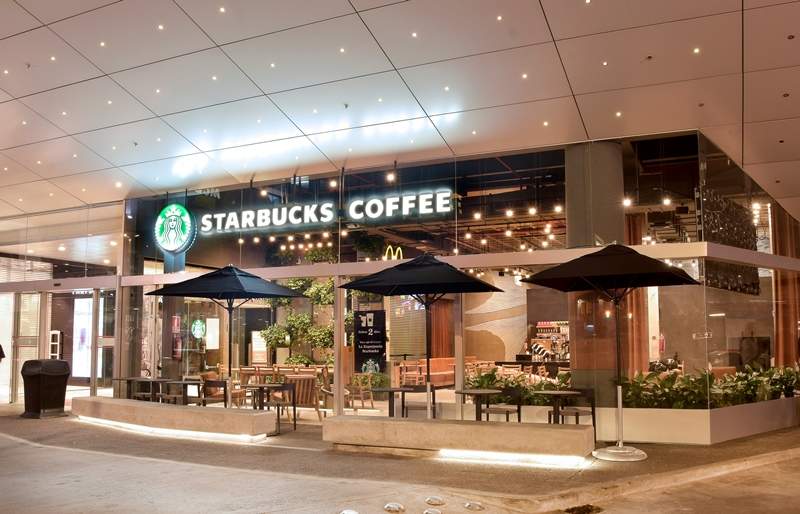How long can you “hang out” at a Starbucks coffee shop without ordering anything? The question is simple. The answer is complicated and may end up hurting the entire “third place” concept.
Starbucks helped pioneer the “third place” concept in the 1980’s as a place where consumers could “hang out” that wasn’t either work or home.
However, the recent incident in a Philadelphia Starbucks has led to nationwide sensitivity training for the entire coffee chain’s workforce.
No written company policy on “nonpaying customers”
It turns out that Starbucks’ policy on nonpaying customers (which is an oxymoron – can you really be a “customer” if you have not purchased anything?) is “murky” at best. The Philadelphia store in question – where a Starbucks employee believed to be the store manager called the police to remove two nonpaying customers who were African-American men – had no clear guideline on handling the situation.
According to a recent report in The Wall Street Journal, interviews with current and former Starbucks managers and baristas across the US found that the company’s policy toward nonpaying customers is “vague at best.” A Starbucks executive who used to manage stores said “it’s been a gray area at Starbucks for a long time.”
The Philadelphia store in question had signs on the bathrooms and in the lobby informing patrons that both were for paying customers only, not that they protected Starbucks from toxic fallout stemming from the removal of the two African-American men by police officers.
From “third place” to a public relations disaster
The men said they were waiting for a friend for a meeting; one had asked to use the restroom and was denied because he had not purchased anything. A video of the arrest blew up on social media.
Starbucks was instrumental in establishing the “third place” concept which positioned the coffee store as an extension of home, a welcoming place to “hang out” for as long as desired. Ground rules were never clearly established to make “hanging out” contingent on the purchase of anything from the store.
Free Wifi has added to the draw of the “hang out as long as you want” appeal of Starbucks. It helped Starbucks be known as a place where one could work for long periods if in need of a change in scenery. This approach was modeled on the type of behaviour and sense of community that former CEO Howard Schulz witnessed at cafes in Italy where patrons would spend hours conversing or relaxing.
But loitering at a street café in Europe is not the same as walking inside an establishment and staying there for hours on end. The ambiguity that allows non-paying guests to potentially crowd out paying guests is problematic. Indeed, the absence of a written company policy toward nonpaying customers is fraught with risk and cost as Starbucks is now finding out.
https://www.globaldata.com/store/report/cs0053fs–united-states-us-the-future-of-foodservice-to-2021/




